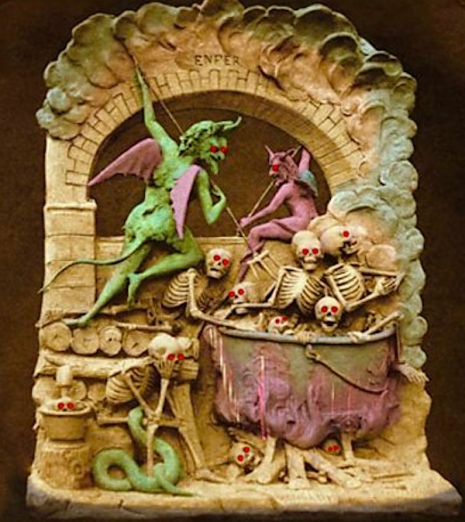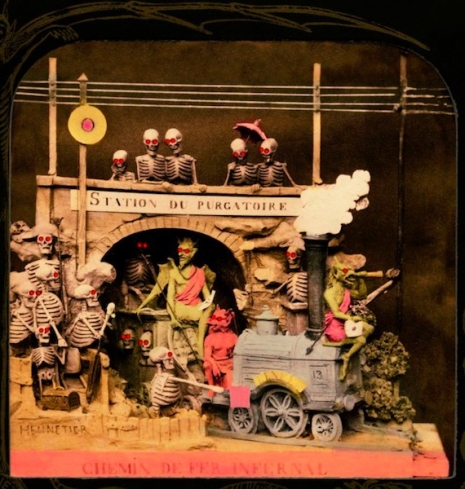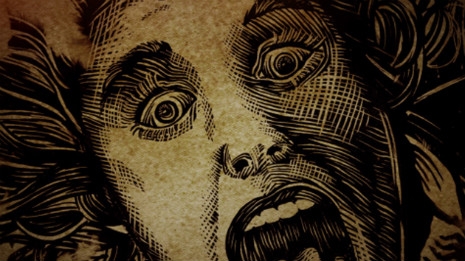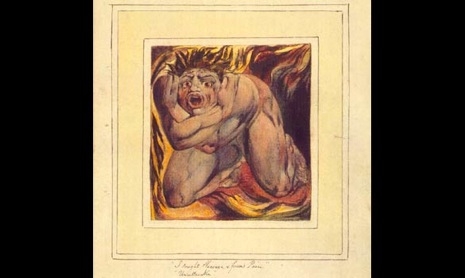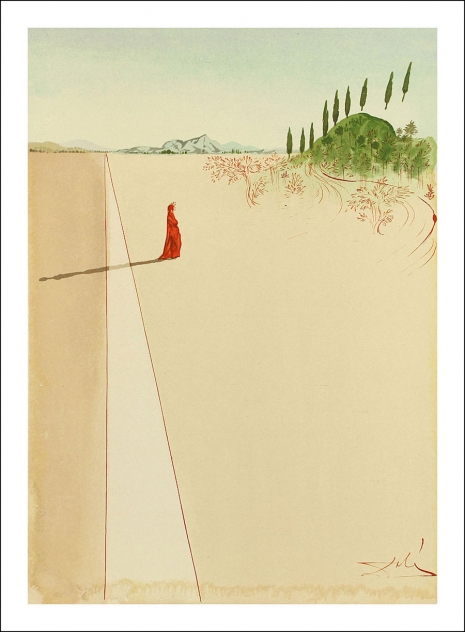
‘The Delightful Mount.’
We are in Hell.
That’s how it begins.
We are in Hell and have to find our way out.
That’s the “tagline” for Dante’s epic allegorical poem the Divine Comedy.
The Divine Comedy tells of the poet Dante “midway upon the journey” of his life when suddenly he finds himself lost “within a forest dark” having strayed from his “straightforward path.” It’s like the opening of some grim horror story or even a disturbing pulp detective tale—where the hero awakes lost and menaced in a dark and foreboding place.
It was another great poet T. S. Eliot who once wrote “Dante and Shakespeare divide the modern world between them. There is no third.”
In terms of Europe, he was right—though some may now add Goethe.
Shakespeare with his poetry and plays changed the English language and offered an unrivaled insight into the human condition.
Dante certainly added to our language and literature and gave some insight into human understanding—but his greatest literary feat was creating our vision of Hell.
Hell with its gates and abandon all hope ye who enter here. Hell with its nine circles—its brutal, horrific punishments, fire and ice, mythical creatures and monstrous demons.
The Divine Comedy is an allegory about sin and redemption. Dante is led by yet another poet Virgil—chosen because he described Hell in his poem the Aeneid—through the Inferno (Hell) on towards Purgatory and Paradise.
Understandable therefore that Dante’s epic tale would appeal as a subject matter to an old superstitious Catholic like Salvador Dali. The fact that this poem had already been illustrated by William Blake and Gustave Dore only added to its attraction
In 1957, the Italian government approached Salvador Dali to produce a series of 101 watercolor illustrations intended to accompany a new edition of the Divine Comedy intended to celebrate the 700th anniversary of Dante’s birth in 1965. Dali set to work. But when the first of Dali’s paintings were exhibited at the Palazzo Pallavicini in Rome, a section of the Italian public were disgusted that a Spaniard had been hired to celebrate their country’s greatest poet rather than some Italian. The project was quickly dropped.
However, Dali seemed unperturbed. He finished the project.
In 1964, Dali approached his French publisher, Joseph Foret, who was then producing a volume of Dali’s illustrations to accompany a new edition of Don Quixote. Dali suggested the idea of publishing his illustrations in a new edition of Dante’s epic poem. Foret took a selection of Dali’s watercolors to the publishers Les Heures Claires—who were equally enthusiastic about the project.
Two engravers—Raymond Jacquet with his assistant, Mr. Taricco—were hired to hand carve the 3,500 wood blocks necessary to reproduce Dali’s watercolors. A limited edition of the book was published in Italian. Sets of Dali’s prints are still available to buy online for plenty of lucre.
Dali’s illustrations feature many of his trademark images—elongated limbs, melting faces, and disturbing unquiet. Though his paintings do not attempt to compete with the illustrations of Dore and Blake—Dali’s images do create a surreal interpretation of Hell and all its punishments. Below is the complete set of Dali’s illustrations for the first part of Dante’s Divine Comedy—the Inferno—as recounts the poet’s journey from dark wood through the gates of the underworld onto the nine circles of Hell. The full poem can be read here.

‘Reassurance.’
I was among those, in Limbo, in suspense, and a lady called to me, she so beautiful, so blessed, that I begged her to command me.

‘Charon.’
More of Dali’s vision of Hell, after the jump…
